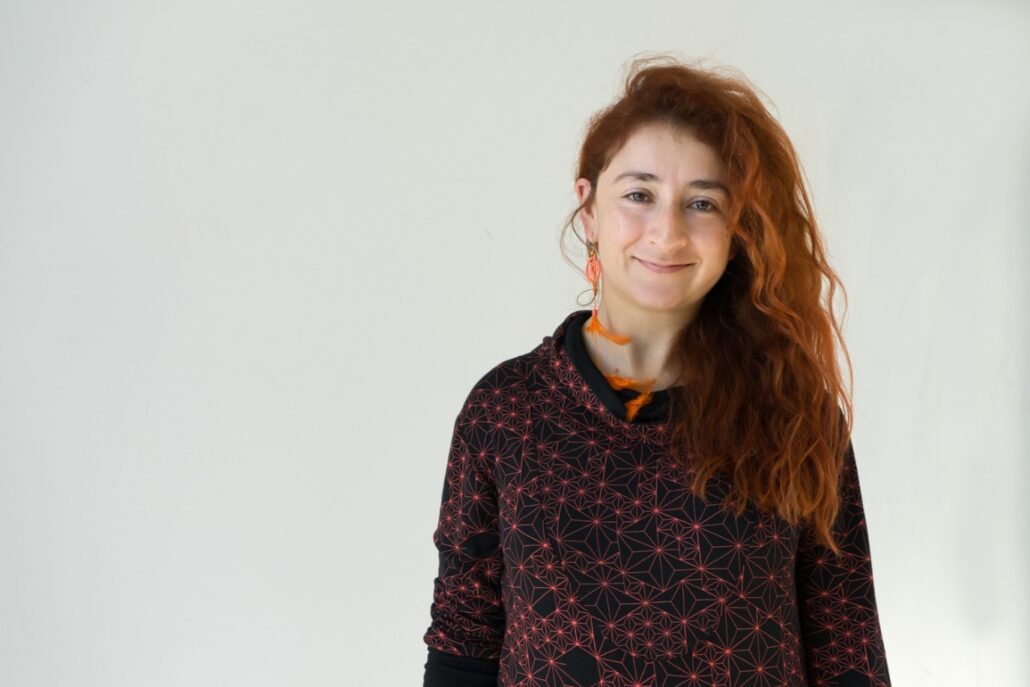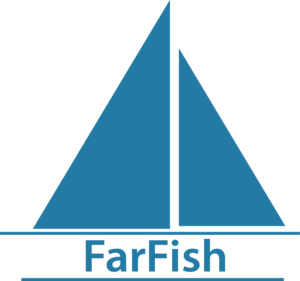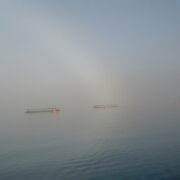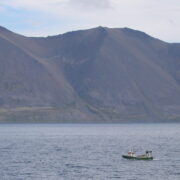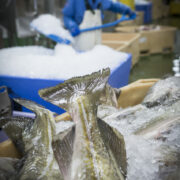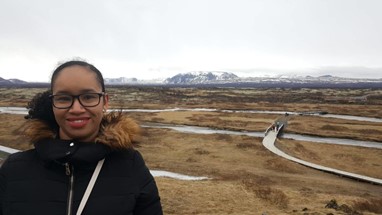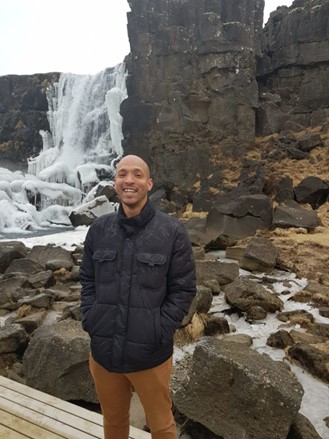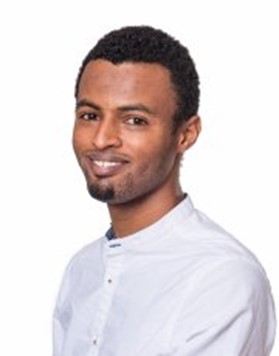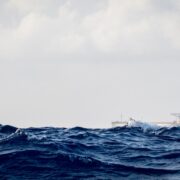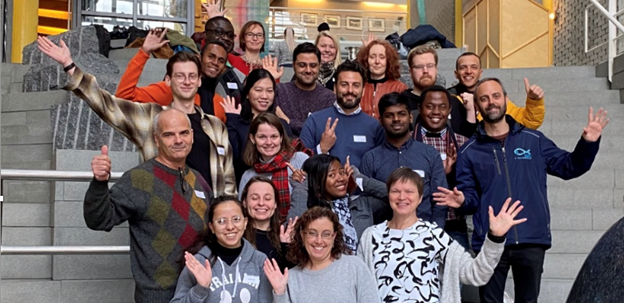FarFish runs a course on the use of the FarFish Data Limited Methods tool developed in the project
One of many outputs from the FarFish project is the FarFish DLM tool, which is a software tool that enables users to estimate stock size of fish species and level of sustainable exploitation with limited data availability.
The FarFish DLM tool and user guide is available on the FarFish website here: Software Tools
The FarFish project facilitated a Data Limited Methods Course to demonstrate and build capacities in using the tool. The course took place on Sept 29th – Oct 1st 2021. The aim of the course was to explore some methods used for stock assessment when data available is very limited. The theory behind and their implementation was explained, as well as their advantages and limitations. An emphasis on data input and results expected regarding establishing some reference points for sustainable exploitation was also provided.
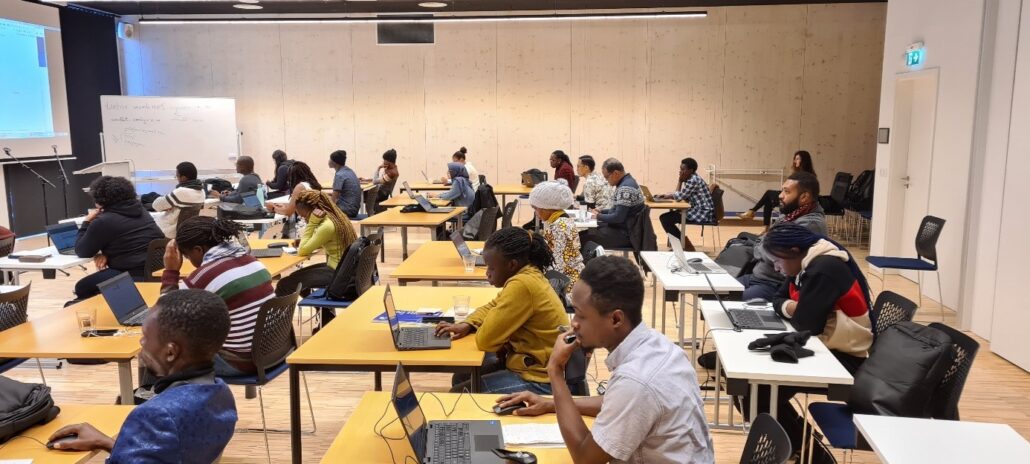
The course was run as part of the UNESCO-GRO-Fisheries Training Programme and was attended by approximately 30 participants that attended in person, and around 10 persons that connected remotely. The students/attendees were enabled to use own data relevant for their national fisheries and were tutored by the FarFish DLM tool’s main creator Margarita Rincón from the Spanish Institute of Oceanography (IEO) and the Spanish National Research Council (CSIC). The skills learned from this course will be directly applicable for exploratory stock assessments for fisheries of the countries of the participants.
